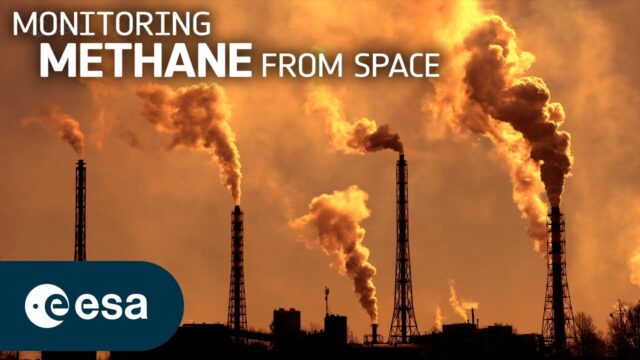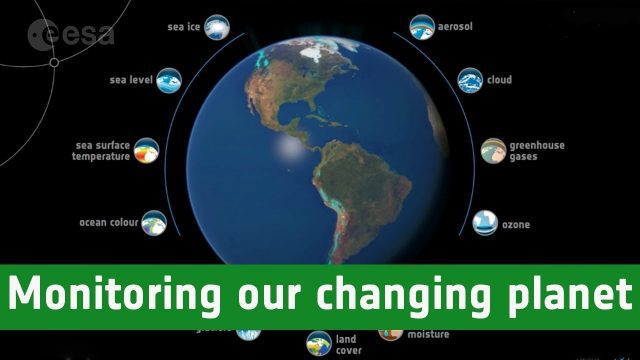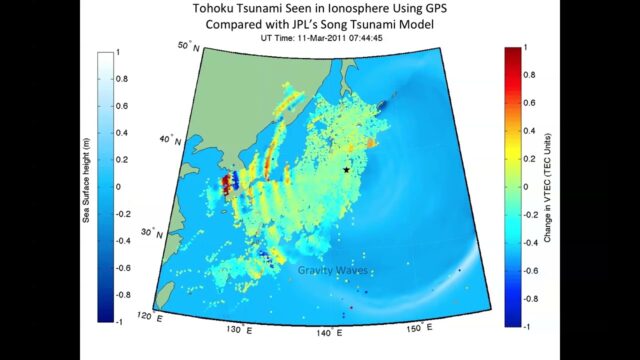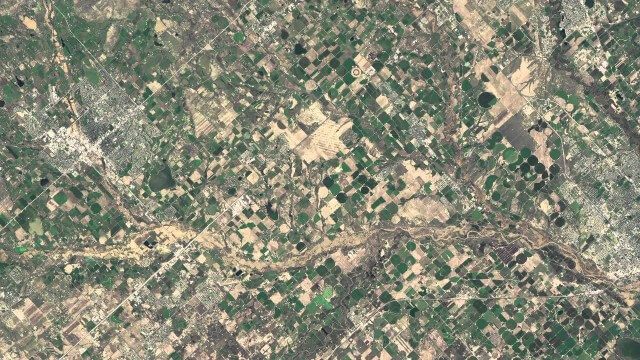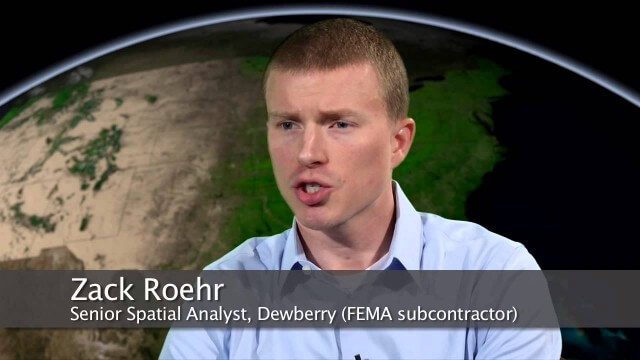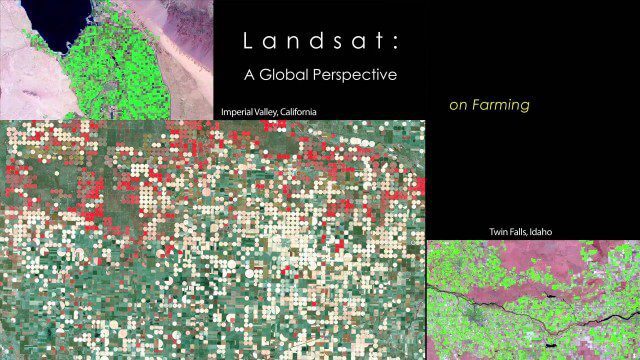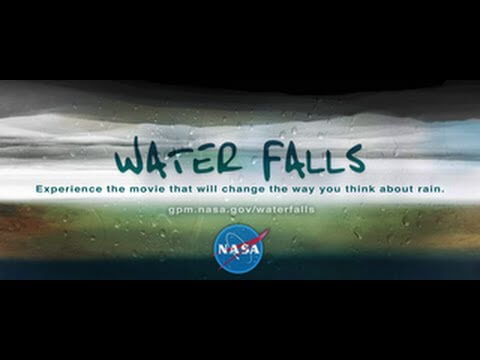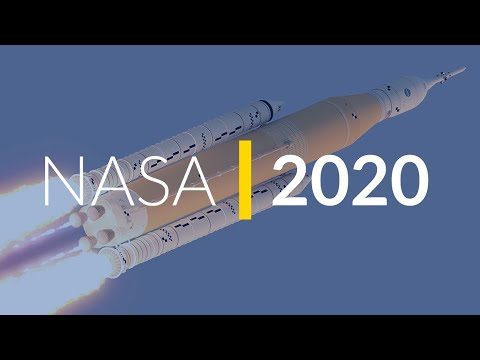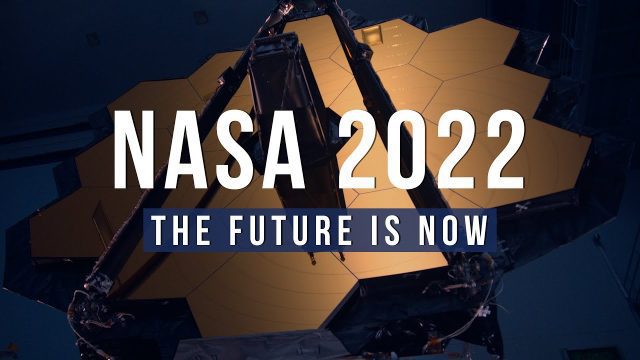Category: Found on the Internet
Monitoring Methane From Space
0 Views0 Comments0 Likes
Methane is the second-most-important greenhouse gas contributor to climate change after carbon dioxide. Curbing methane emissions could deliver immediate and long-lasting benefits for the climate, seeing as the ga...
Monitoring Our Changing Planet
0 Views0 Comments0 Likes
Through ESA’s Climate Change Initiative, long-term datasets on key indicators of climate change are being systematically generated and preserved.
NASA ‘Sees’ Tohoku-Oki Earthquake, Tsunami in Earth’s Upper Atmosphere
0 Views0 Comments0 Likes
This animation shows how waves of energy from the Tohoku-Oki earthquake and tsunami of March 11, 2011, pierced Earth’s ionosphere in the vicinity of Japan, disturbing the density of electrons. These disturbances were ...
NASA | Earth from Orbit 2013
0 Views0 Comments0 Likes
A fleet of orbiting satellites monitors Earth constantly. The satellites from NASA and other space agencies give us a fresh, wide perspective on things that we can see from the ground -- and things that we can't.
NASA | Landsat Tracks Urban Change and Flood Risk
0 Views0 Comments0 Likes
NASA | Landsat Tracks Urban Change and Flood Risk
NASA | Landsat’s Global Perspective
0 Views0 Comments0 Likes
On July 23rd, 1972, the first Landsat spacecraft launched into orbit. At the time, it was called "Earth Resources Technology Satellite," or ERTS, and was the first satellite to use a scanning spectrophotometer. Previous satellites relied on film cameras (ejecting the exposed film to be caught by planes) or transmitted the signal from television cameras. The scanning sensor and its successor sensors on subsequent Landsat satellites revolutionized how we study our home planet. Celebrating this anniversary, this video is a "greatest hits" montage of Landsat data. Throughout the decades, Landsat satellites have given us a detailed view of the changes to Earth's land surface. By collecting data in multiple wavelength regions, including thermal infrared wavelengths, the Landsat fleet has allowed us to study natural disasters, urban change, water quality and water usage, agriculture development, glaciers and ice sheets, and forest health.
NASA | WATER FALLS Movie Trailer
0 Views0 Comments0 Likes
NASA 2020: Are You Ready?
0 Views0 Comments0 Likes
Launching Americans from U.S. soil, sending a new rover to Mars and continuing to prepare for human missions to the Moon are just a few of the things NASA has planned for 2020.
NASA 2022: The Future is Now
0 Views0 Comments0 Likes
Receiving the first images from the James Webb Space Telescope, sending the first uncrewed Artemis mission around the Moon and back to Earth, sending NASA science and technology to the surface of the Moon on three mi...
NASA and Agriculture: From Seeds to Satellites
0 Views0 Comments0 Likes
NASA satellites, data, missions and programs have been put to use for decades to strengthen food security, track droughts and flooding, determine plant and soil health, and otherwise support agriculture decision maki...













